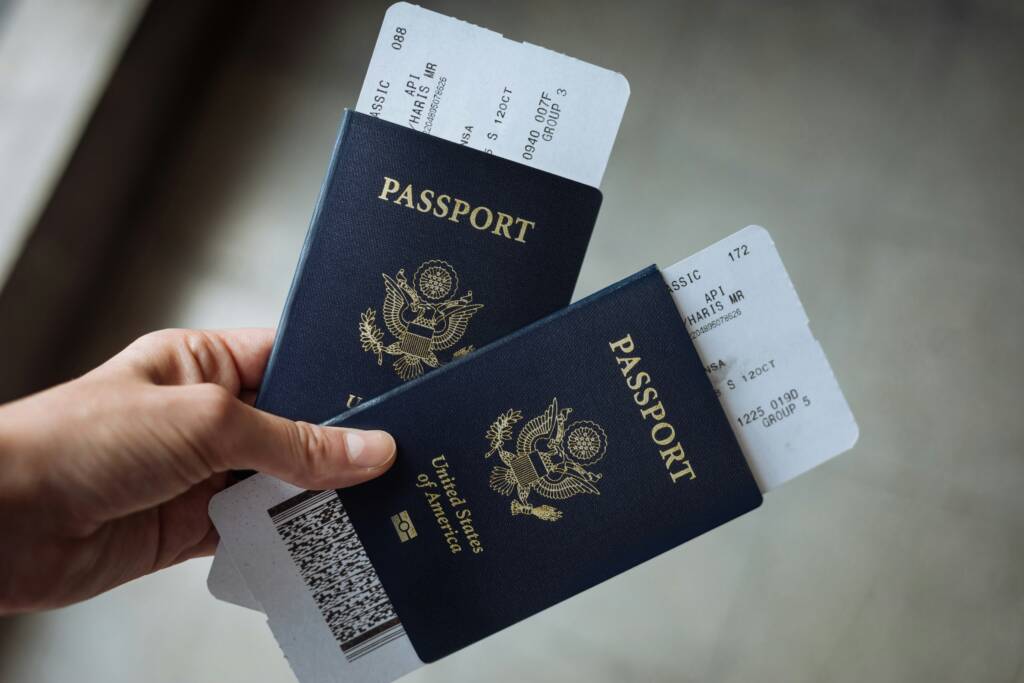
On 12 October 2025, the European Union will officially launch the Entry/Exit System (EES) – an automated information system recording data on third-country nationals each time they cross the external borders of Schengen Area countries.
This represents a significant change for non-EU travellers entering or leaving Europe. If you missed our earlier overview of the system, see our June 2025 article here for background information.
What Is the EES?
The EES is a centralised, automated system that replaces manual passport stamping with electronic registration. It applies to citizens of non-EU countries travelling for short stays (maximum 90 days within 180 days), regardless of whether a visa is required.
Participating countries include all EU Member States except Ireland and Cyprus, plus Schengen-associated countries such as Norway, Switzerland, and Iceland.
What Data Does the EES Record?
Each time a traveller crosses an external border, the EES records:
Personal data from the travel document (name, date of birth, nationality)
Date and place of entry and exit
Biometric data (facial image and fingerprints)
Information about any refusal of entry
Data is stored under strict data protection rules in accordance with Regulation (EU) 2017/2226. Only designated authorities in Member States and Europol have access.
Benefits of the EES
The EES brings several advantages compared to manual passport stamping:
Modern, more efficient border controls – no more paper stamps
Faster crossings – including self-service options at e-gates
Better prevention of illegal migration and identity fraud
Improved security across the Schengen Area
Who Is Exempt from the EES?
The EES does not apply to:
Citizens of EU Member States
Holders of residence permits or long-stay visas
Nationals of Andorra, Monaco, San Marino, or Vatican City
Certain exempt groups, such as heads of state or cross-border workers
These travellers will continue to follow existing procedures.
What This Means for Travellers
If you are a non-EU citizen travelling to the EU for short stays:
Your passport will no longer be stamped manually.
Your entry and exit will be registered electronically instead.
You may be asked to provide or update biometric data.
Automated kiosks and e-gates may be available for faster processing.
This change is designed to make border crossings more secure and efficient, but you should still ensure you have valid travel documents and sufficient time for any new procedures.
Looking Ahead
The launch of the EES marks a major step in the EU’s digitalisation of border management. While it may initially feel like a stricter system, it is expected to speed up crossings and enhance security once fully implemented.
For background on how the EES was designed and why it is being introduced, see our June 2025 article on the Entry/Exit System.
For official EU updates, visit https://travel-europe.europa.eu/en/ees.

